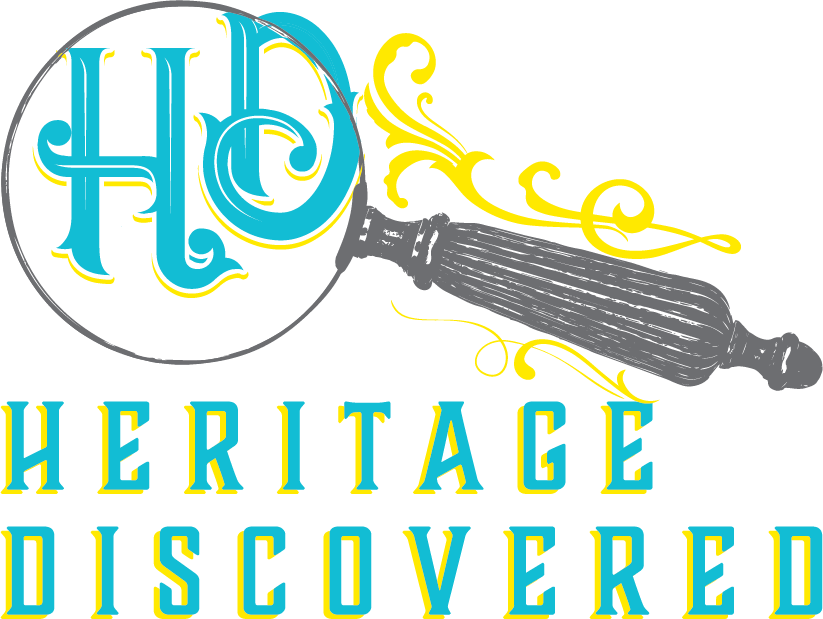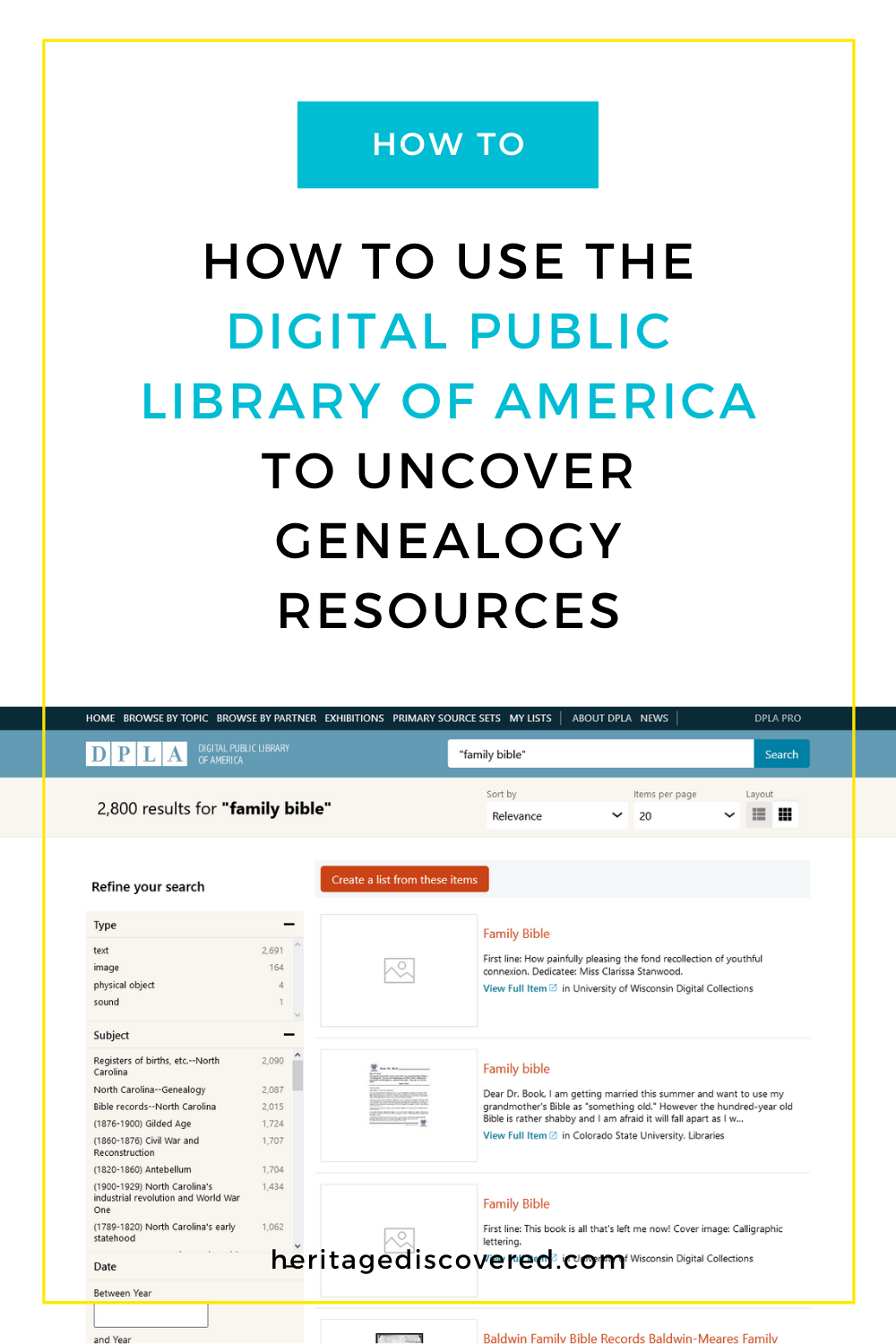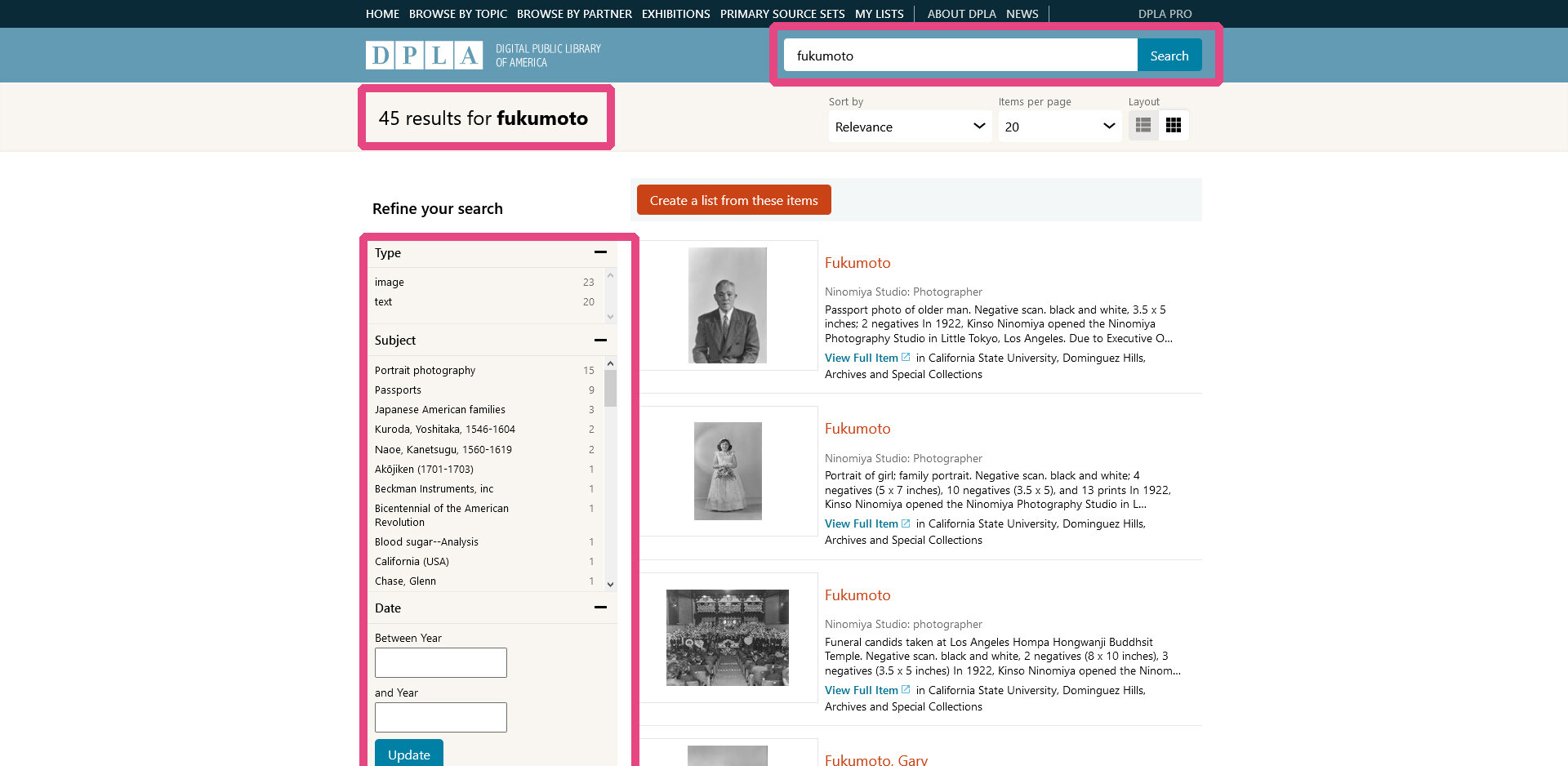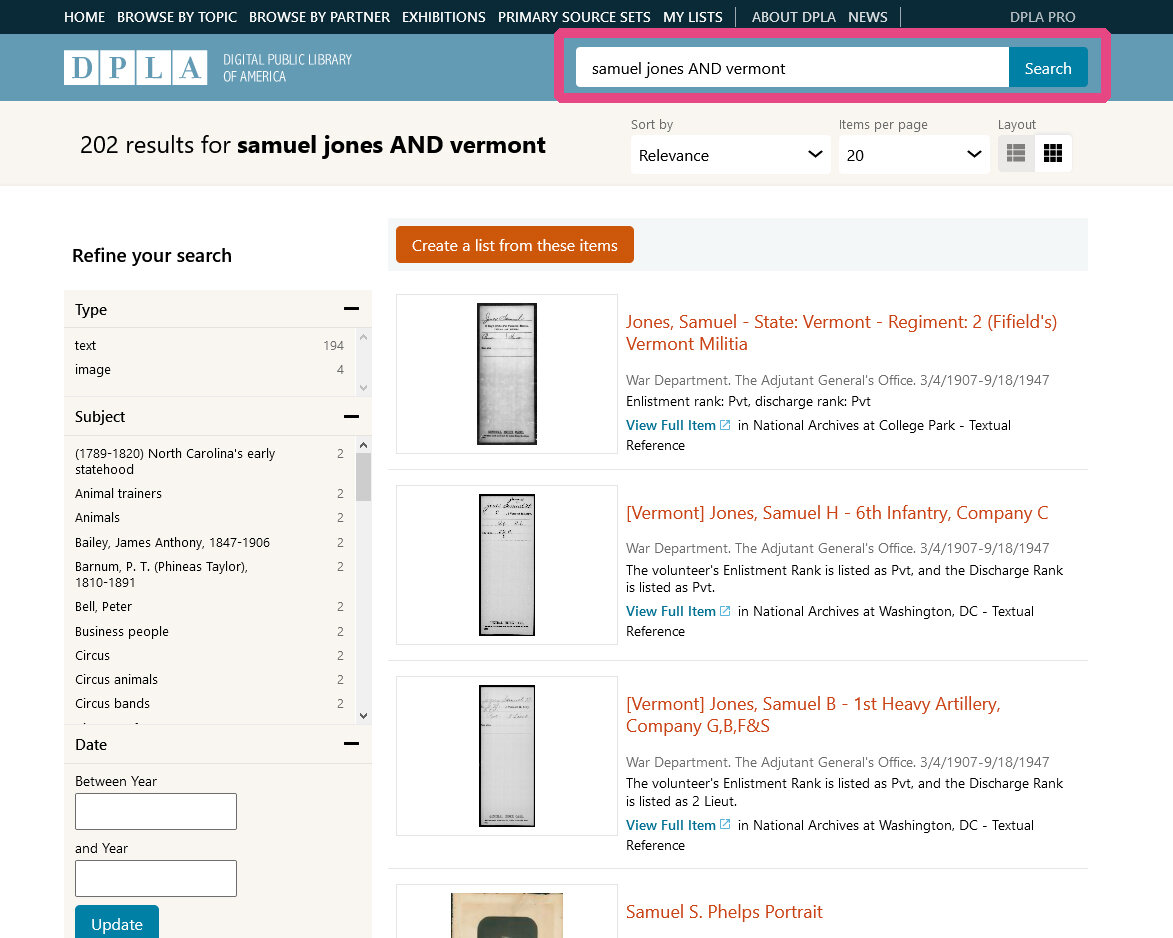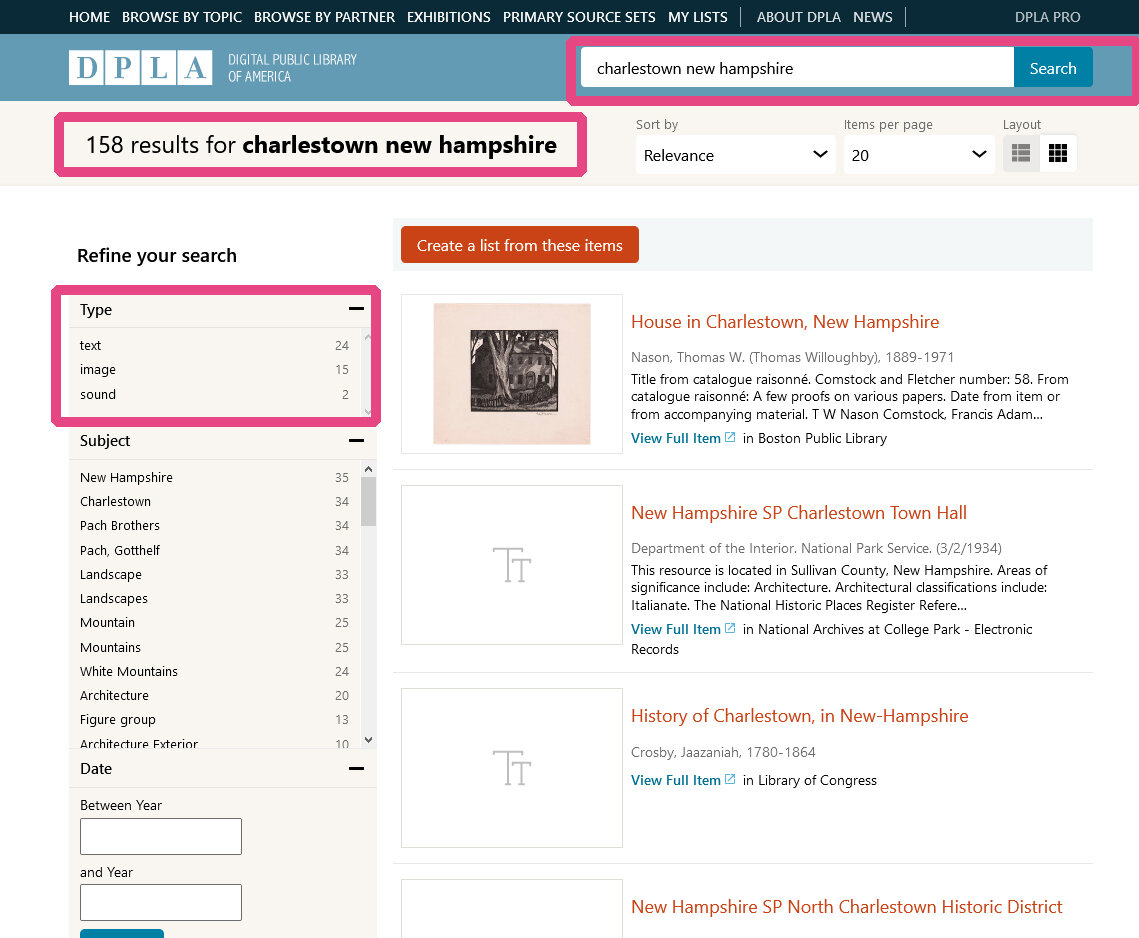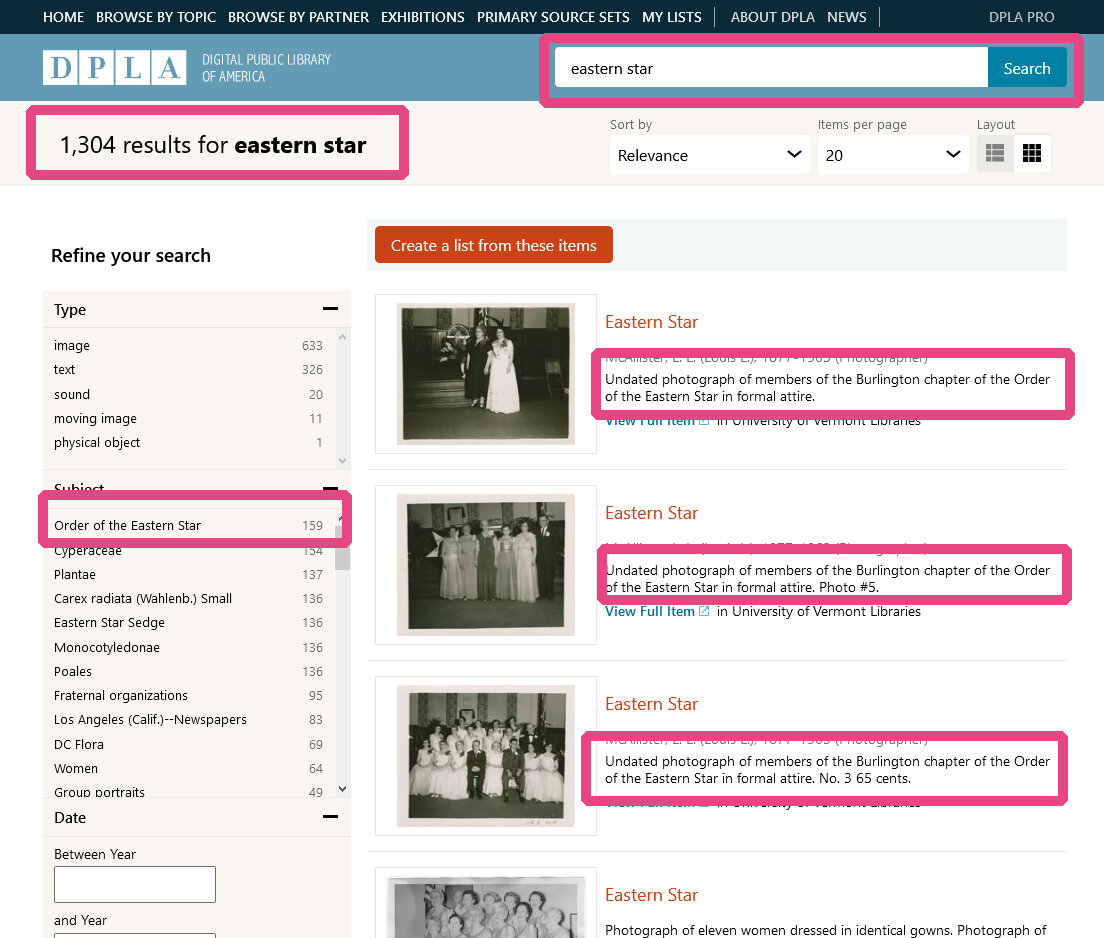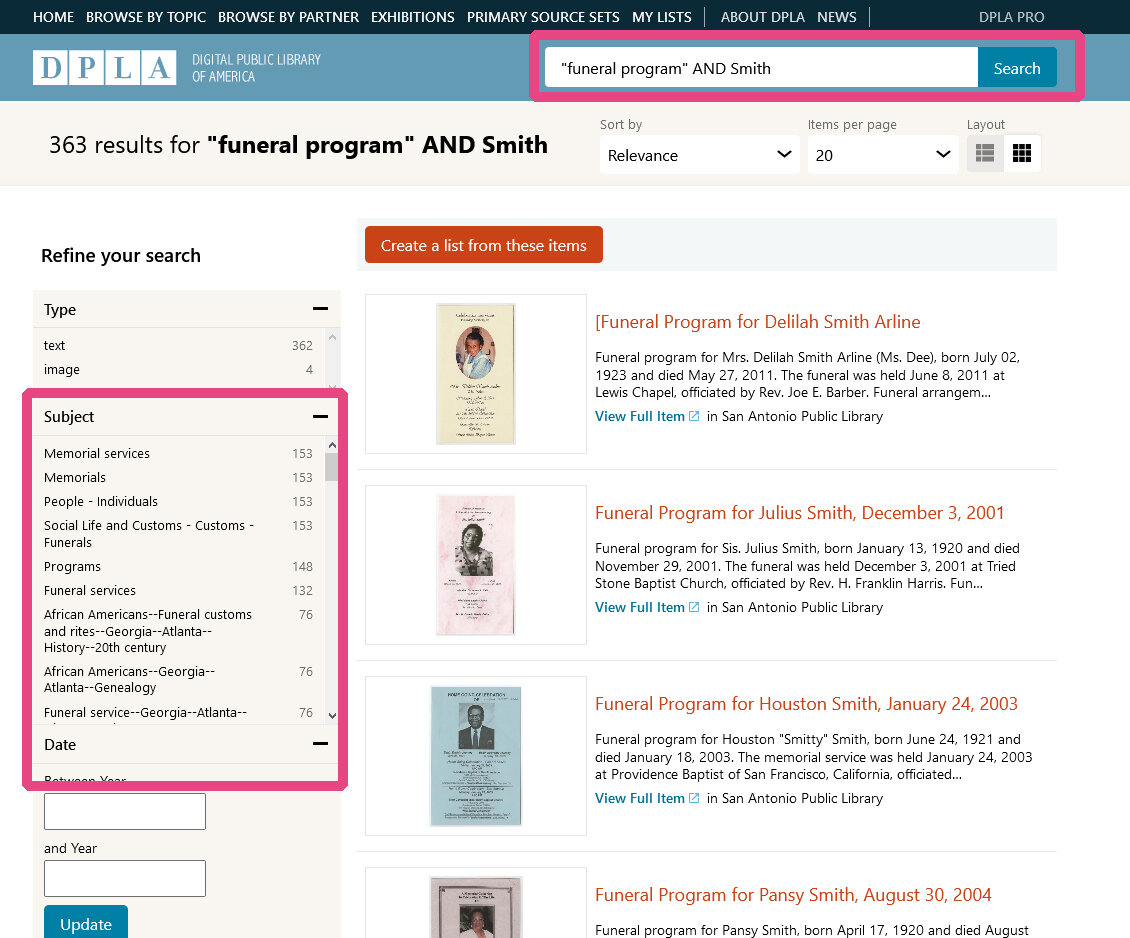How the Digital Public Library of America Can Power Up Your Genealogy Research
*This post may have affiliate links, which means I may receive commissions if you choose to purchase through links I provide (at no extra cost to you). All opinions remain my own.
In this post
What is the Digital Public Library of America?
What is the Digital Public Library of America?
The Digital Public Library of America, or DPLA, is a non-profit, digital library. It works with partners to make materials from libraries, archives, museums, and other institutions across the US available on one website.
They currently have over 41 million images, texts, videos, and audio files to browse and search. These are available through institutions like the Smithsonian, the National Archives, and Harvard. State digital libraries and other organizations are also partners.
Their records cover topics from the civil rights movement to the whaling industry to the United Farm Workers, and everything in between.
How the DPLA can help your genealogy research
The DPLA has many collections that can directly help your family tree research. The primary genealogy-related record sets are
1) Photographs. They currently have over 169,000 family photos.
2) Family bibles. They have several thousand family bibles. Most are in English, but some are in other languages like German and Dutch.
Travanthan Family Bible. Retrieved from the Digital Public Library of America, accessed 17 November 2020; citing North Carolina Memory. No URI.
3) Correspondence. Many, many letters have been digitized.
4) Yearbooks. They have a range of years and even have more recent yearbooks. I found ones from the 1970s.
5) Military records. There are over 100,000 service record documents, plus photos.
Unidentified, Creed Miller, American, 107th Regiment, U. S. Colored Troops, American, 1864 - 1866. Retrieved from the Digital Public Library of America, accessed 17 November 2020. Object Number: 2011.155.294ab
6) Oral histories. Over 45,000 oral histories are available on subjects like women in the US army, civil rights, and artists.
7) Books on family history and genealogies.
They have a lot of other fantastic collections, like funeral programs, probate records, baby books, and scrapbooks. They also have cemetery records, including photos. They even have community cookbooks, which are a source for finding female ancestors.
Other notable resources for African American researchers are plantation records, runaway slave ads and registers, and bills of sale for enslaved persons.
Whatever type of document you’re searching for, give it a try because they may have some items for you.
But that’s not all the DPLA can help with!
Other helpful collections
Besides the records that have direct genealogical info, the DPLA also has items that help you understand the social and cultural times your family lived in.
For example, the Food collection shares how people used to cook at home, with images of kitchens and vintage cookbooks. It shares resources on the evolution of how we shop for food, and how wartime affected diets.
The Immigration since 1840 collection covers discrimination and immigration quotas your family may have experienced. It also covers what it was like to become an American and assimilate and major immigration stations like Angel Island and Ellis Island.
The Black Women’s Suffrage records document the experiences of Black women in the suffrage and civil rights movements.
Maps. The DPLA has all kinds of maps, including Sanborn, commercial, and census maps, so you can see what the area was like at the time.
The oral histories mentioned earlier can also be great for learning more about a time and place. These are especially wonderful if your ancestor was involved in a major event, like the civil rights movement.
Photo, Carolyn Shimomura. Retrieved from the Digital Public Library of America, accessed 17 November 2020. Smithsonian Record ID: edanmdm:nmah_1808449
How to search the DPLA
There are a few ways to search the DPLA.
1) You can search for a name. A search for one of my family names, Fukumoto, brought up 45 results.
You can then use the filters on the side to narrow down your search to image or text only, and/or by subject. You can add filters for a date range, language, location, the institution, and more.
You can also search for a name with a place to narrow down results.
2) Place. I searched for Charlestown, New Hampshire, and found photos, town reports and other text documents, and two audio recordings.
3) Organization. If your family member was in a club or other organization, you can search by its name. Add a location and use the filters to limit down the results.
Be careful about using too many filters, though. I searched for Eastern Star and had 1300 results, which had many relevant results. Then I clicked on the Order of the Eastern Star subject filter and it removed many of the related results, giving me only 159 sources. Try searching for organization names in several ways to see what works best for you.
4) Other Subjects. You can search for the type of document with a surname you’re looking up. Example: funeral program AND name, probate AND name, scrapbook AND name.
5) Browsing. You can browse by topic, which will take you to the DPLA’s biggest sets of records.
You can browse by partner institution. If your ancestor’s state has a digital library partnering with the DPLA, this is a good way to see what they have.
You can also browse by primary source collections. This is great for exploring to learn more context about your ancestor’s life. Record sets like Women in the Civil War, Japanese American Internment in WWII, and Electrifying America can paint a picture of their lives.
Funeral Program for Cleopatra Medaries, pamphlet, August 23, 1966; (https://texashistory.unt.edu/ark:/67531/metapth247351/: accessed November 17, 2020), University of North Texas Libraries, The Portal to Texas History, https://texashistory.unt.edu; crediting San Antonio Public Library. Accession or Local Control No: SAPL_22-0002
Some tips for searching the DPLA
A few tips for searching the DPLA are:
Use Boolean operators: AND, OR, or NOT. These operators help combine several words to improve your searches.
Use quotation marks around a phrase you want to search for to only pull up exact matches.
Use * for a wildcard search. This is helpful for spelling variations. Examples for the surname Perusse: Perus*, Per*se, or Per*s.
Be careful about using the refining filters. Start broad, check the results, then narrow down. For each filter you use, check that relevant items didn’t disappear from the search results.
In Summary
The Digital Public Library of America is a great, but underused resource. Digital collections like family bibles and funeral programs can give you important biographical details about your family.
Other collections, like Immigration since 1840, can help you understand what your ancestors might have gone through.
There’s a lot of ways to search it for both direct and indirect information about your ancestors.
Related Posts
Why You Need To Use Libraries and Archives in Your Genealogy
How To Use the Online Archive of California
Everything You Need To Know About Home Sources
How to Find And Use The Hidden Clues in Obituaries
Have you used the DPLA before? Did you find anything that helped your genealogy research?
